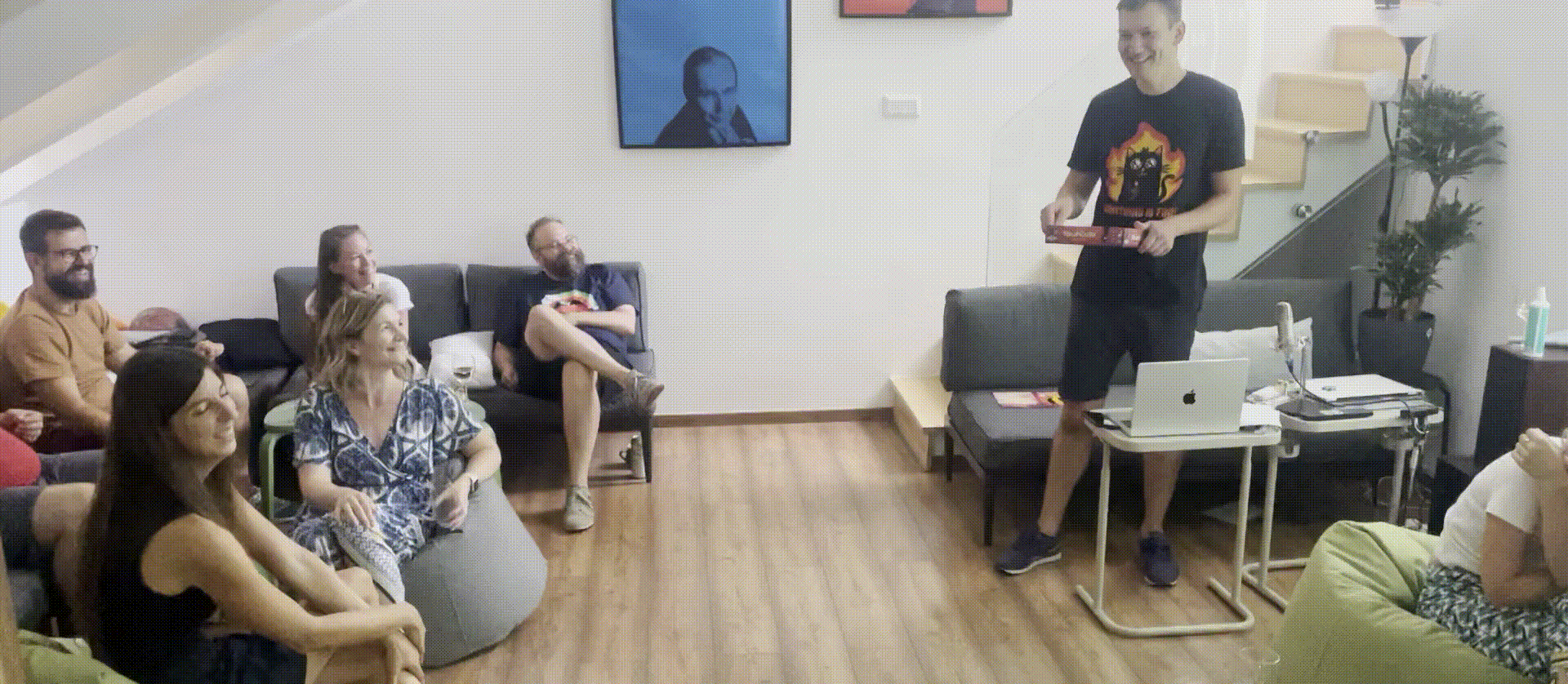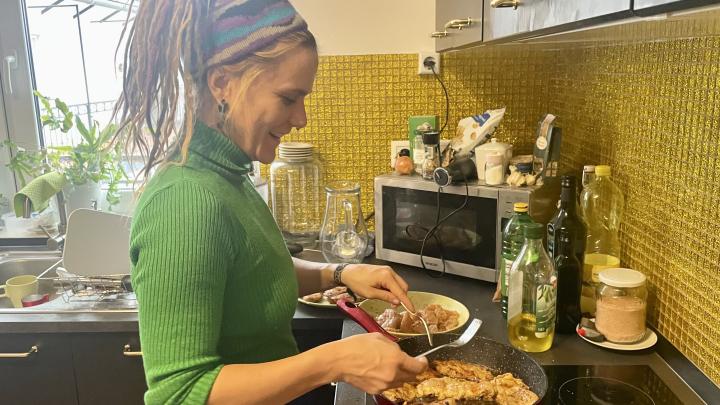Due to the Covid situation, our last year was like we had pulled the handbrake a year and a half ago. Now it had to be released and we needed to step on the gas again so that the ambitions retained so far could come back to the front, and our people could find their goals and energies again. We needed to experience again that there is change, there is development.
Integral Vision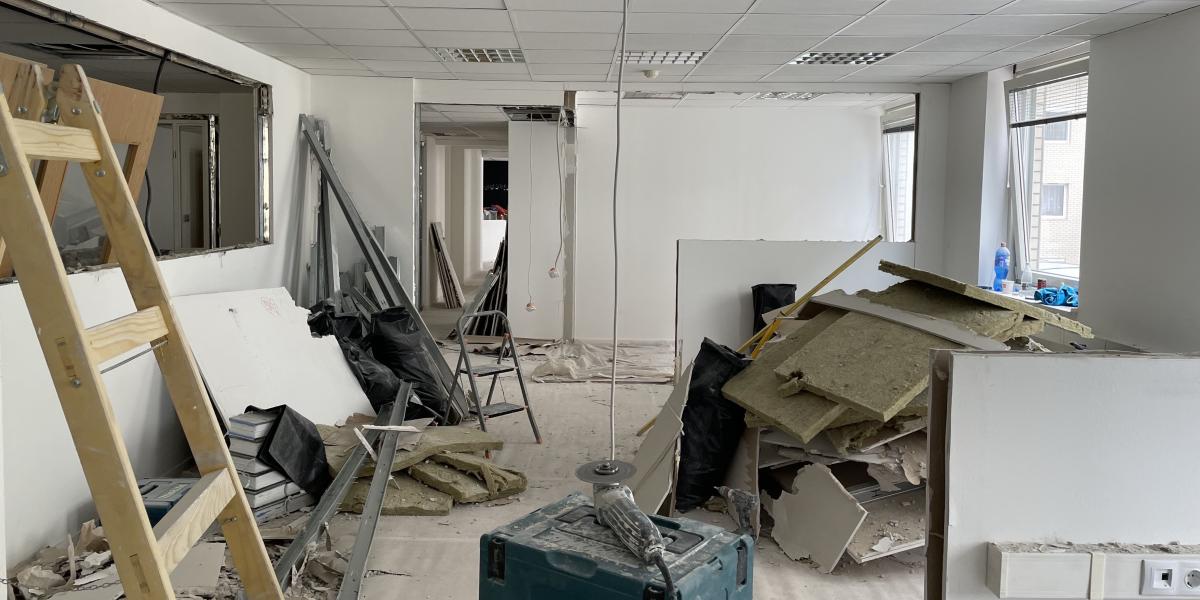
My idea was to drastically reduce office space and rent a 50-60 sqm place for a while, but the team eventually voted down the initiative, trusting that - even if with less intensity - we would soon be using the office once protection develops and we are no longer afraid of the pandemic that much. Finally, we found a place only slightly smaller than our previous office but located in a downtown area that we had our eyes on for a long time, and we managed to settle in during the summer. By September, the majority of our colleagues started to visit the office more or less regularly. After a year and a half of working online, it was obvious that our sense of community had weakened significantly, and I knew that the team spirit could only be rebuilt by lots and lots of personal encounters. We also had two new colleagues who arrived at our company at a time when we could not meet with them in person for months.
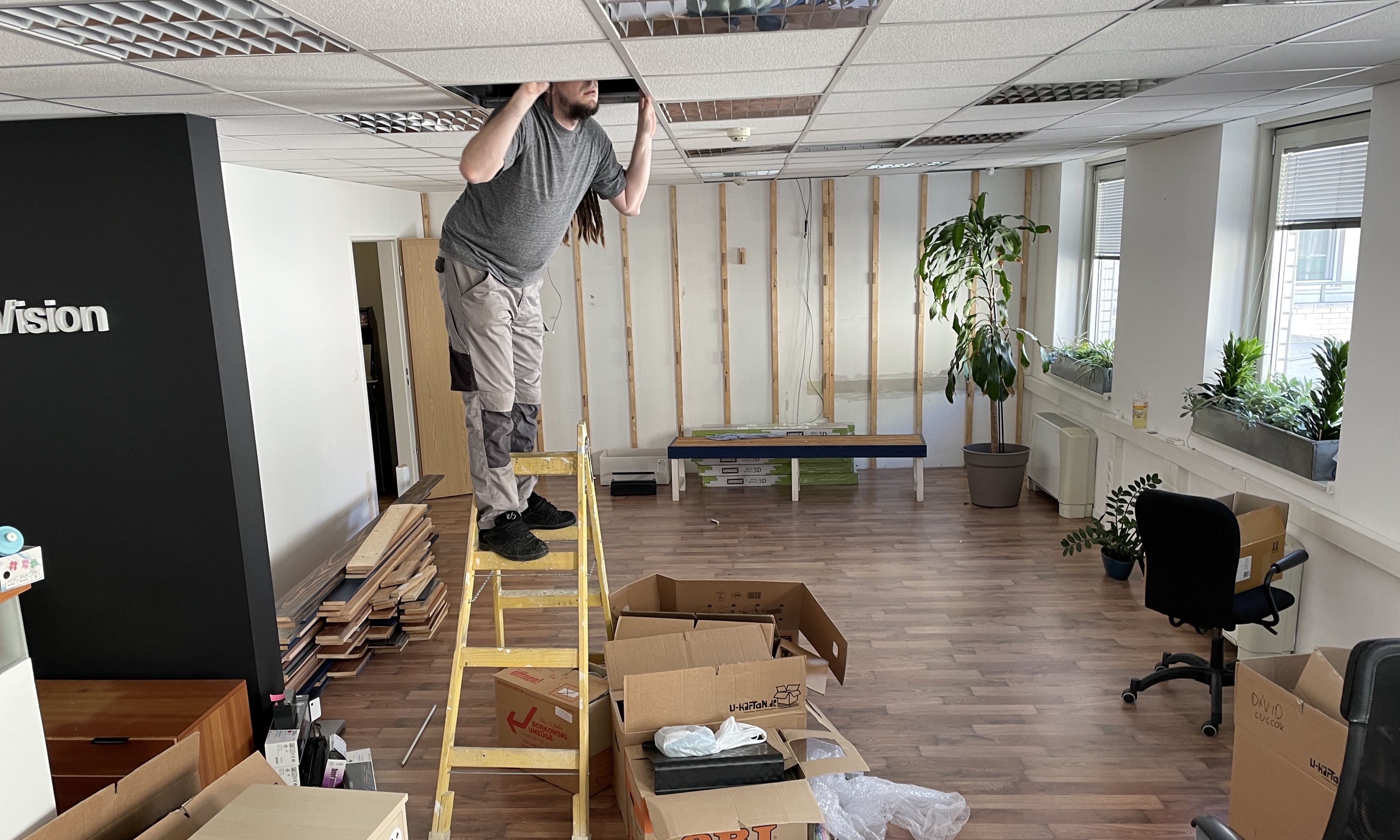
The power of gestures
In the new office, instead of the typical kitchenette, we have a large kitchen where we can sit down together to have coffee and talk. We consider it essential to have spaces that allow for small, everyday interactions.
It is now common knowledge in network theory that communities are stabilized by weak connections. The more small interactions between the more nodes (people), the more stable the network/community becomes. Live encounters can convey much more emotional nuances between people, thus contributing largely to the smooth collaboration within the team. In a shared space, many small interactions will occur. Thanks to these, we can better understand each other, and the possible tensions that may arise during working together can be solved more quickly.
The biggest challenge of the last one and a half years was trying to compensate for the lack of live contact through online communication. However, it was clear from the first moment that no matter how effective strategies we developed for online communication, the connection could never be the same as in the case of personal encounters.
We started to use Slack intensively: by now, each project has a dedicated channel; in addition, we have a general chat; a separate channel for thank yous, and a noise channel for blowing off steam. Online meetings tend to exhaust people rather than boost them, so we tried to reduce these as much as possible. As a result, the frequency of one-on-one interactions between the colleagues started to decrease, slowly and insidiously sapping the energies of the community.
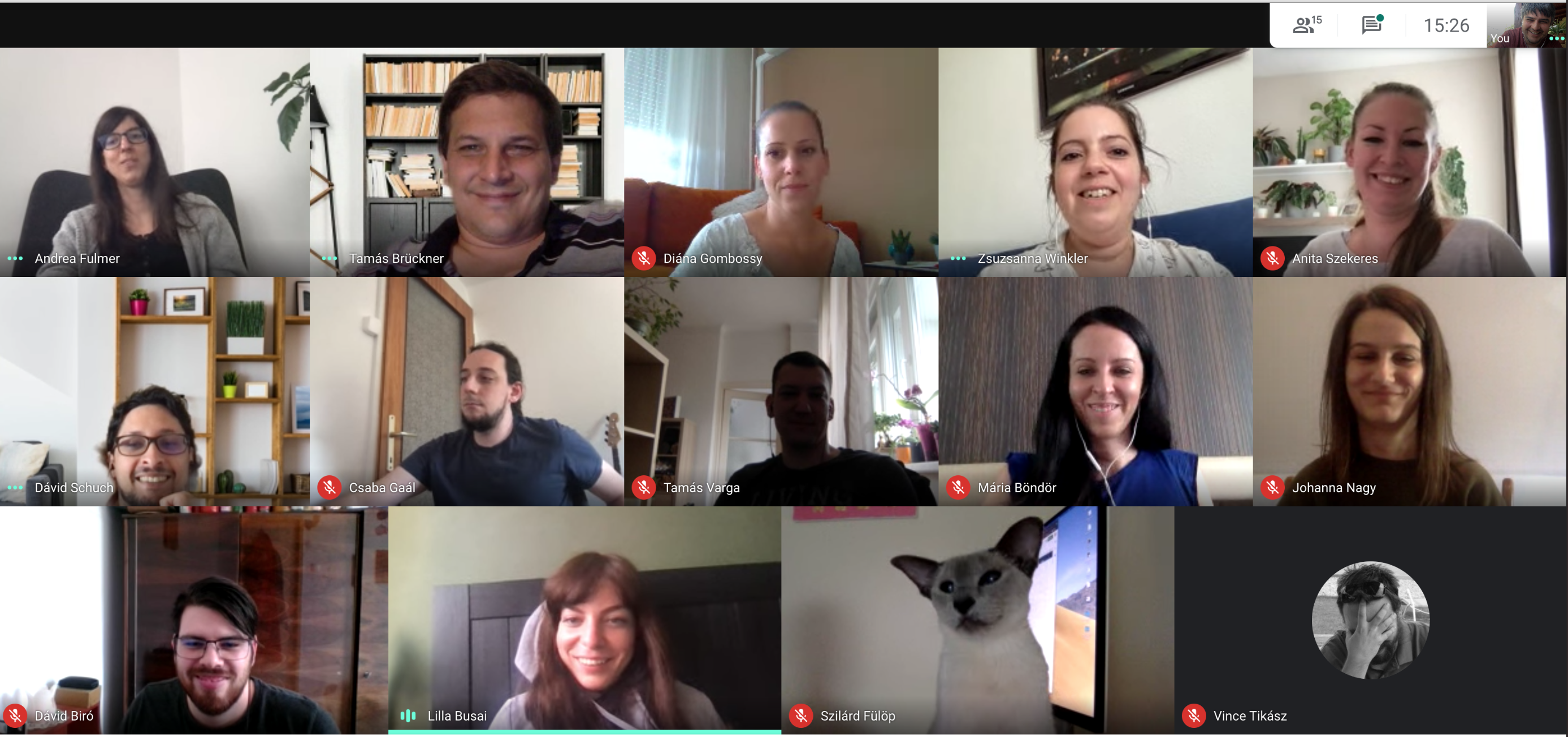
At the bottom of the pyramid
During a crisis, the lower register of the Maslow pyramid will be more active. Even people with a self-actualization focus will take less risk; safety is more important than a career.
After talking to other people who also worked in communities, it seemed that those teams were able to survive this critical period where there was financial security and a high level of community trust (trust capital) that people could rely upon.
The cohesive force of the crisis
At the same time, strong ties continued to strengthen in many cases. Many of us had a loss experience during this period. We even lost close relatives. I was able to experience closeness and belong in the community.
After the second wave, I talked to everyone in person to see how they were doing after a year of remote working. Most people pointed out that the stable financial background and the trustful environment of Integral Vision's community were both of key importance during this period.
We were in the fortunate position of not having to cut salaries.
We also tried to show loyalty to our wider environment. We helped our customers in difficult situations by offering various support options and maintaining the service, even reduced prices.
For the sake of safety and health, we started the year working from home, started getting in tune with the drastic changes by moving our office in June, and energized the whole team with the positive vibes of personal encounters. By September, we were ready to release the handbrake and start planning our visions for our future development.
Dreamjobs coffee break
We talked about it all in the Dreamjobs coffee break. The podcast is available on Youtube, Spotify (in Hungarian).
Literature
- László Albert Barabási: Networked. The first internationally recognized book to promote network theories. Based on the Internet study, Barabási explains the principles of scale-free networks, small worlds, weak ties.
- Peter Csermely: Weak Links.
- Mark Granovetter: The strengths of weak ties.
- Robb Cross & Andrew Parker: The Hidden Power of Social Networks A book on how to make your company’s internal networks more efficient. The essential value of companies is the network of its employees. Outstanding individual performance is also often backed by an extensive network of personal contacts.
Share with your friends!
